The Comet Interceptor Mission
- 1University College London, Dorking, United Kingdom of Great Britain – England, Scotland, Wales (g.h.jones@ucl.ac.uk)
- 2The Centre for Planetary Sciences at UCL/Birkbeck, London, UK
- 3University of Edinburgh, Edinburgh, UK
- 4IAPS/INAF, Roma, IT
- *A full list of authors appears at the end of the abstract
In 2019, Comet Interceptor was selected by the European Space Agency, ESA, as the first in its new class of F missions. At the time of this writing, formal adoption of the mission is anticipated for early June 2022. The Japanese space agency, JAXA, is making a major contribution to the project. Comet Interceptor's primary science goal is to characterise for the first time, a yet-to-be-discovered long-period comet, preferably dynamically new, or an interstellar object. An encounter with a comet approaching the Sun for the first time will provide valuable data to complement information gathered by all previous comet missions, which through necessity all visited more evolved short period comets. The spacecraft will be launched in 2029 with the Ariel mission to the Sun-Earth Lagrange Point, L2. This relatively stable location allows a rapid response to the appearance of a suitable target comet, which will need to cross the ecliptic plane through an annulus centered on the Sun that contains Earth’s orbit. A suitable new comet would be searched for from Earth, with short period comets acting as mission backup targets. Powerful facilities such as the Vera Rubin Observatory make finding a suitable comet nearing the Sun very promising, and the spacecraft could encounter an interstellar object if one is found on a suitable trajectory. The spacecraft must cope with a wide range of target activity levels, flyby speeds, and encounter geometries. This flexibility has significant impacts on the spacecraft solar power input, thermal design, and shielding that can cope with dust impacts. Comet Interceptor comprises a main spacecraft and two probes, one provided by ESA, the other by JAXA, which will be released by the main spacecraft on approach to the target. The main spacecraft, which would act as the primary communication point for the whole constellation, would be targeted to pass outside the hazardous inner coma, making remote and in situ observations on the comet’s sunward side. Planned measurements of the target include its surface composition, shape, and structure, its dust environment, and the gas coma’s composition. A unique, multi-point ‘snapshot’ of the comet- solar wind interaction region will be obtained, complementing single spacecraft observations at other comets. We shall describe the science drivers, planned observations, and the mission’s instrument complement, to be provided by consortia of institutions in Europe and Japan.
https://www.cometinterceptor.space/
How to cite: Jones, G., Snodgrass, C., and Tubiana, C. and the The Comet Interceptor Consortium: The Comet Interceptor Mission, Europlanet Science Congress 2022, Granada, Spain, 18–23 Sep 2022, EPSC2022-1085, https://doi.org/10.5194/epsc2022-1085, 2022.

